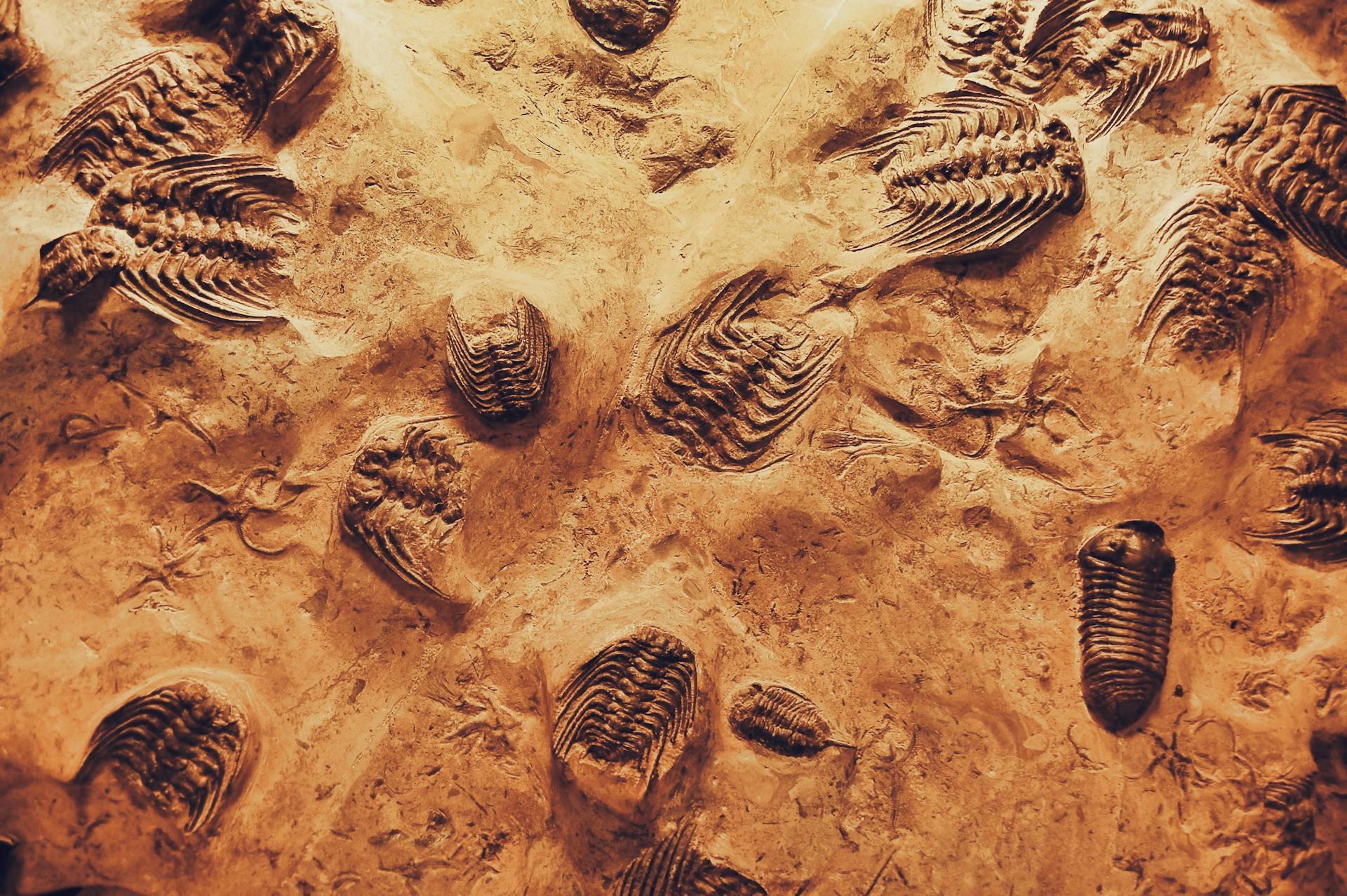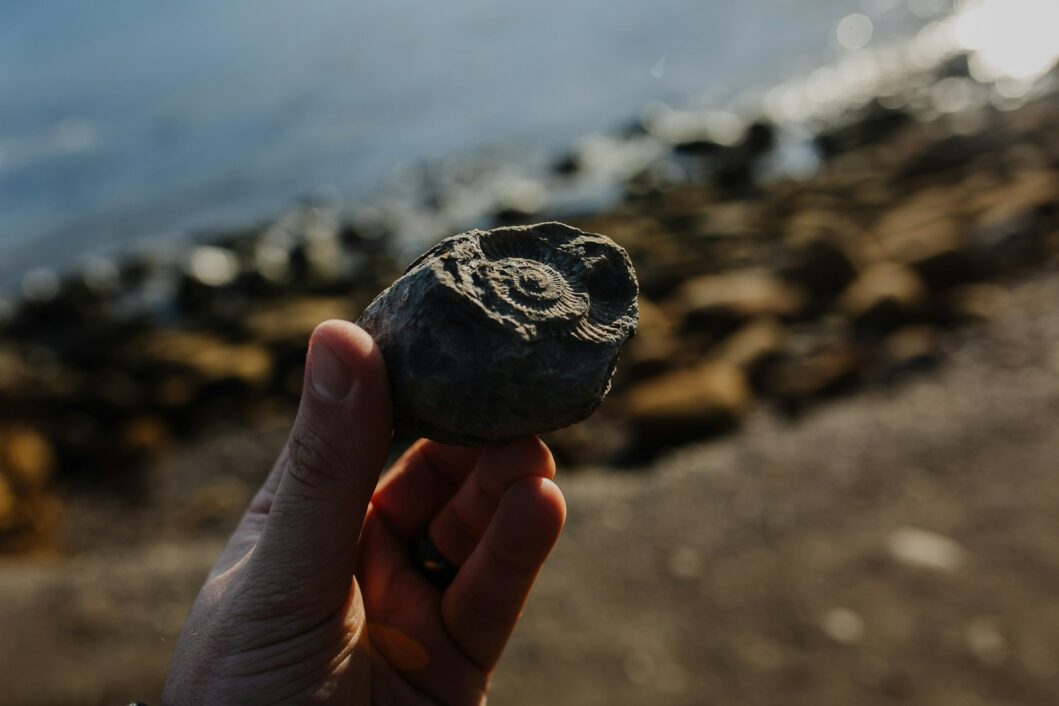Fossils are the preserved remains, impressions, or traces of once-living organisms from the remote past. They serve as invaluable records of the history of life on Earth, providing insights into the evolution of organisms, past environments, and significant events that have shaped our planet.

Studying fossils allows scientists to reconstruct ancient ecosystems, understand the processes of evolution and extinction, and trace the history of life over billions of years.
The Formation of Fossils
Fossils typically form when an organism is buried quickly after its death, preventing decomposition. Over time, sediment accumulates over the remains, and mineral-rich water percolates through the sediments, replacing the organic material with minerals, turning it into stone. This process, known as permineralization, results in the creation of a fossil. There are various types of fossils, including body fossils, which are the actual remains of the organism, and trace fossils, which are indirect signs of an organism’s presence, such as footprints, burrows, or coprolites (fossilized dung).
Fossils as Clues to Evolution
One of the most significant contributions of fossils is their role in understanding evolution. Fossils provide direct evidence of ancient life forms and their anatomical structures, allowing scientists to trace evolutionary changes over time. Transitional fossils, which exhibit traits common to both ancestral and derived groups, are crucial for studying the process of evolution. For example, the discovery of Archaeopteryx, a fossil with both dinosaur and bird characteristics, has been pivotal in understanding the evolution of birds from theropod dinosaurs.
Reconstructing Past Environments
Fossils also offer valuable information about the environments in which ancient organisms lived. By studying the types of fossils found in a particular rock layer, scientists can infer the climate, vegetation, and geography of that era. For instance, the presence of marine fossils in currently dry areas indicates that those regions were once underwater. Similarly, plant fossils can reveal past climate conditions, such as the presence of tropical forests in regions that are now deserts.
Understanding Mass Extinctions
Fossils provide evidence of mass extinctions, events where a significant percentage of Earth’s species died out in a relatively short period. The fossil record shows at least five major mass extinctions, such as the Permian-Triassic extinction around 252 million years ago, which wiped out approximately 90% of marine species. By studying the patterns of extinction and recovery in the fossil record, scientists gain insights into the causes and effects of these catastrophic events and their impact on the course of evolution.

